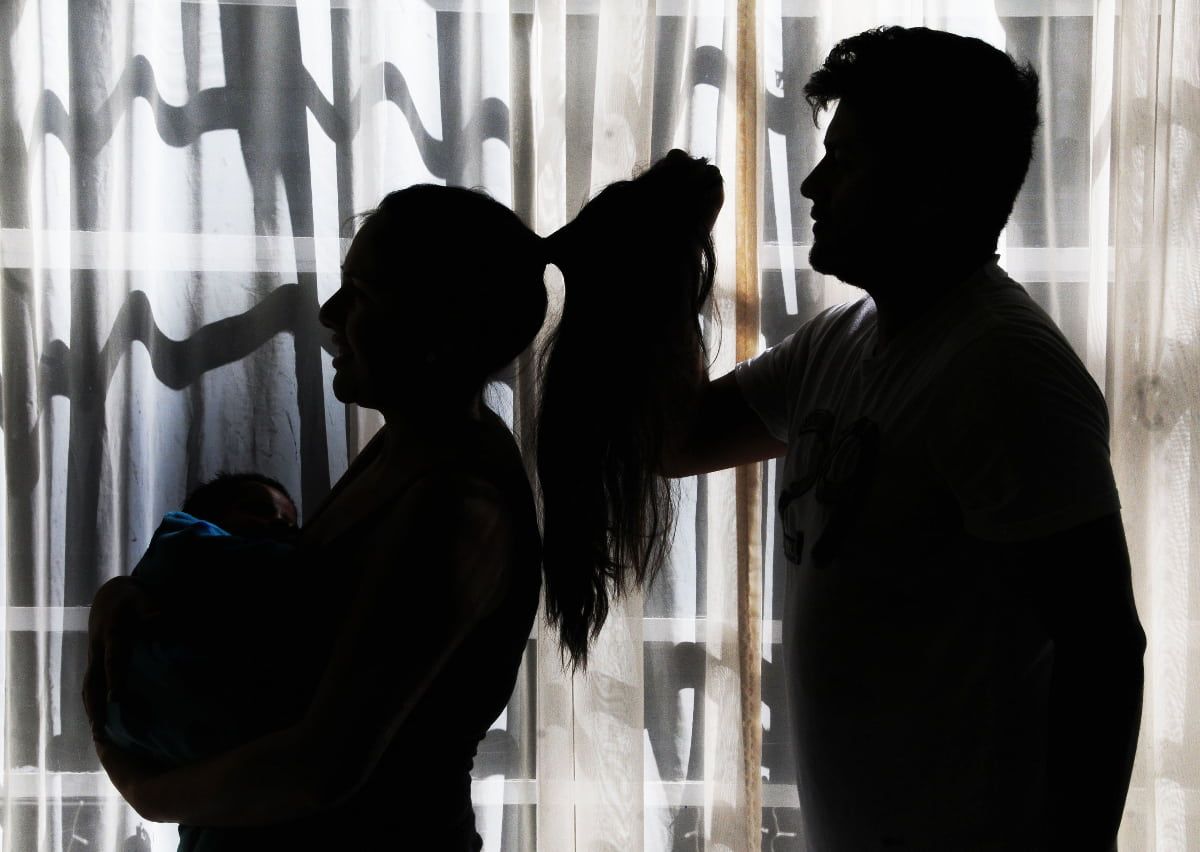Dating Violence: A Social and a Public Health Problem
Only 4 to 10 percent of young people file a complaint. The consequences of aggression can be physical, even increasing the likelihood of suicide or femicide; in the psychological sphere, they manifest themselves in mental and behavioral functioning.





